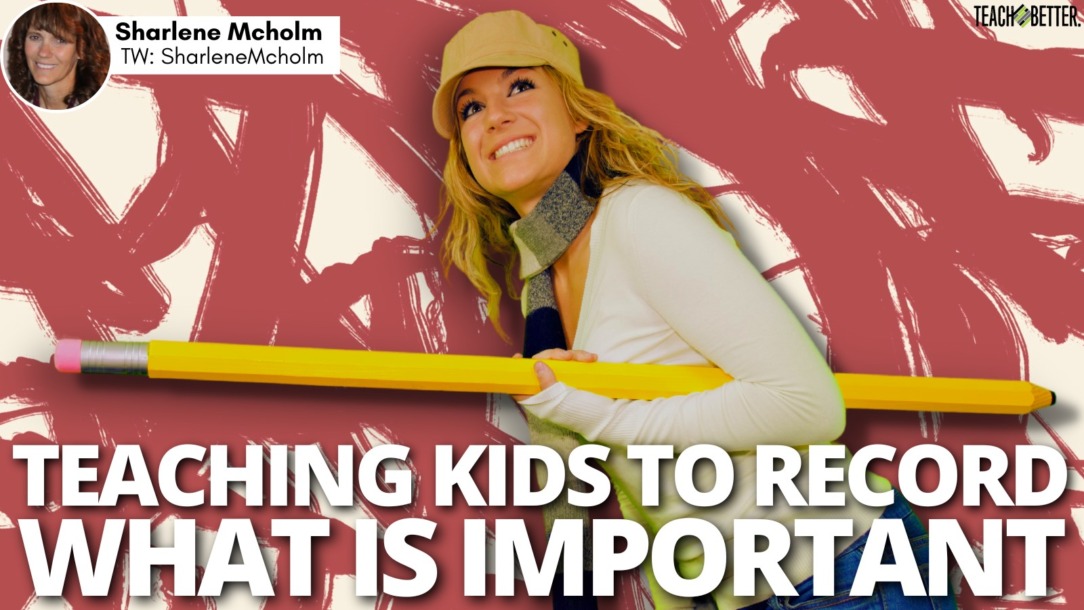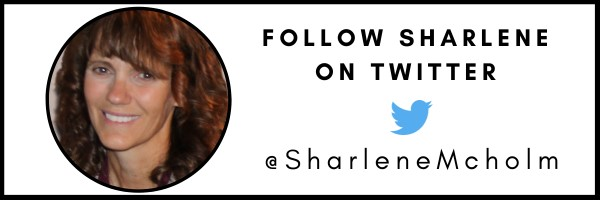TL;DR:
- Students’ easy access to information doesn’t guarantee quality work.
- Teaching note-taking skills enhances critical thinking and learning.
- Personalized notes empower students.
- Evaluate student understanding of new concepts with 1:1 conferences.
Teaching Kids to Record What Is Important
Students today have easy access to every kind of information, almost instantaneously. But does that lead to more knowledgeable kids? Are they producing better quality work? Do they know the difference between original thinking and re-working someone else’s thoughts? The answers to these questions are all no. More assignments are mostly cutting and pasting things from a variety of sources, or worse yet, one source they found quickly. As an educator, this is a great concern to me. It is important in our world of ChatBots and other AI that we focus on teaching kids to be discriminating of information for their actual learning. The best way to do this is to teach them early and often how to take notes.
I remember, early in my career, teaching a Grade 12 course for students heading to university. One day a week, I would have a lecture-style class and try to teach the students how to take notes. I would have a list of important vocabulary on the board. (This helped me remember to talk about certain things. It also ensured my spelling was correct.) I thought I was doing something good for them. I thought I was preparing them for university. But I wasn’t. I basically gave them a note and just talked about it as they wrote it down. This process did not have my students thinking. They were not building their knowledge on their own mental schema. They were blindly copying my mental schema down.
Learning is never done in isolation and cannot look the same for all children. Click To TweetStudents came out of those classes with almost an identical note but they were not identical. So why was their note?
What I have since learned is to trust what kids already know and how their personal schema changes what they need to record. Now when I teach, I organically put a word on the whiteboard as a reminder, but not in a sequence or in a linear way. I encourage mind mapping for some kids and I often create mind maps myself as I talk by drawing arrows between key concepts.
At What Stage Can Students Create Their Own Notes?
I know that my example was initially for students heading to university, but I have tried this with early literacy learners and children in primary grades. With younger students, less words and more visual representation works well. Stick people are all the rage in my Grade 2 classroom, but the notes are just as valuable. When incorporating vertical learning spaces, it is easy to combine both physical movement and recording information. Gallery walks will help children see other’s work and they are encouraged to “borrow” great ideas from their neighbors.
[scroll down to keep reading]
Who Are the Notes For?
You guessed it—not you. This, for me, was hard. I used to review their notes initially and tell them what concepts they missed and have them go back and add some things. That was not useful because I was creating a “one-size-fits-all” kind of thing. Since then, I have shifted to 1:1 conferences or even tickets out the door. In the 1:1 conference, the child brings their note and we discuss the concepts. I make no “evaluation” of the note but record their thinking for my triangulation of the data. I focus on 5 students in a class and rotate through the class over the course of the week. This makes it manageable for me and for them. In the process of talking about concepts with the children one-on-one, the others who may not have gotten the concept often hear pieces that strengthen their understanding as well.
Learning is never done in isolation and cannot look the same for all children. This reinforcement method, where they capture key concepts and then engage in quick 1-2 minute chats with me, has significantly strengthened their understanding.
About Sharlene McHolm
Dr. Sharlene McHolm is a committed educator with 25 years in the biz. Her experience teaching from K-12, as a consultant, assistant principal and principal for all grades gives her a firm understanding of the challenges and possibilities at every developmental level. Educated in both Canada and the United States, she has a North American stance of what great in public education and where we can get better. Her two kids keep her grounded and driven to fight for a better educational system for students of all kinds of diversity. Sharlene currently lives in Southwestern Ontario, Canada and works as a K-6 Principal.



